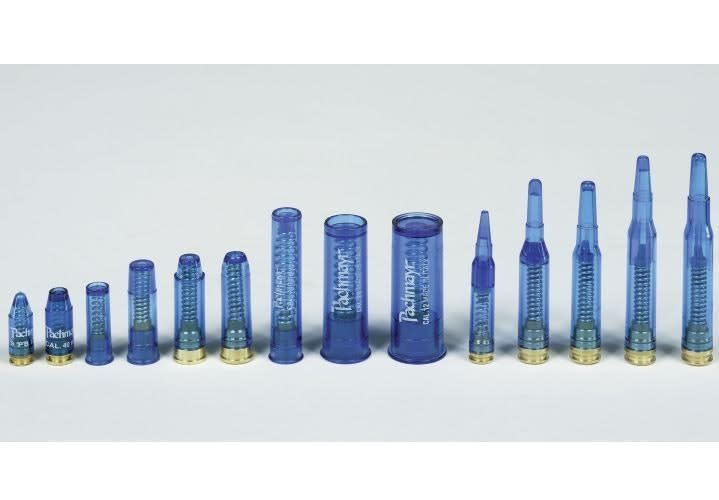Once you have cleared the area of live ammo, load the pistol magazine with the rounds. Close your eyes; breathe and relax. Repeat the process several times to calm myself after other morning distractions. This "Zen-like" process will effectively calm your nerves. It is used by professional operators, snipers and Olympic-level shooters.
Next, assume your Weaver or Isosceles stance, as well as a kneeling or squatting position, and implement the dry firing. I examine my grip, my sight alignment and my breathing.
I take a deep breath, hold it, exhale and then hold it again. I squeeze the trigger in a consistent uninterrupted manner rearward while maintaining minimal movement as to not disturb the sight picture, while focusing on the front sight blade/notch. This can also be done with partners who can keep a close eye on the front sight as you squeeze the trigger. Everyone flinches to some degree because breathing causes movement. Excess movement transfers from the head to the arm, then to the trigger finger—and ultimately it reaches the front sight. It's all connected; the goal is to minimize it.
I repeat the process five times with a two-handed grip and then with a one-handed grip. This builds muscle memory as well as confidence. This type of subconscious reinforcement is what will make you a more accurate and confident shooter if the need ever arises. Develop a plan and stick to it.
This is something that must be done diligently. I would also recommend building hand and finger strength by using inexpensive hand-resistor grips and hand weights available at stores such as Sports Authority and Wal-Mart. These run $5 to $15, but are well worth it. Hand and finger resistor grips will allow you to develop strong muscle tension in the finer aspect of your hand and wrist, which results in better execution of the fundamentals.













